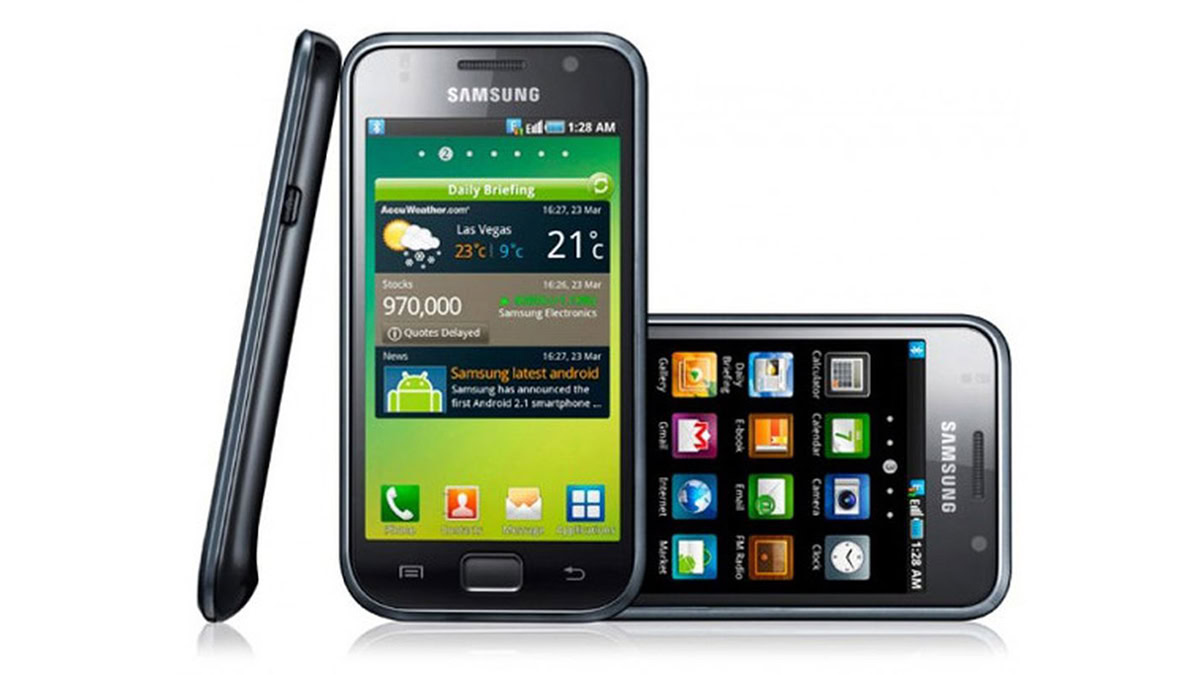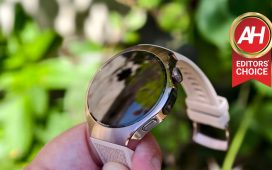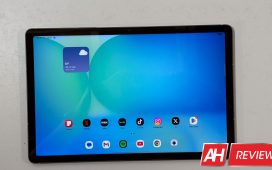
Today is a very special day for Samsung and the smartphone industry at large, as it marks the 15th anniversary of the original Samsung Galaxy S going on sale. Yep, the first Galaxy S handset went on sale all those years ago, on June 4, 2010.
The original Galaxy S delivered great hardware for the time, although the design and software later drew unfavorable comparisons to the iPhone. Nevertheless, the device laid the foundation for some truly game-changing smartphone releases. And 15 years later, Samsung stands atop the pile as the world’s most popular smartphone maker.
The Galaxy S series hits the gym

Samsung followed up on the original Galaxy S with the Galaxy SII in 2011, which was one of the first phones to truly go toe-to-toe with Apple in almost every area. The company then followed up with the Galaxy SIII and S4 in 2012 and 2013, respectively, with the S4 still being the most popular Android phone ever sold. These two phones also cemented Samsung’s reputation as an innovator, although these devices also featured a few gimmicks and a bloated Android skin.
Samsung went back to basics with 2014’s durable Galaxy S5 before it launched 2015’s divisive Galaxy S6 and S6 Edge. The 2015 releases matched Apple in good (design) and bad ways (pricing) but also cut features like expandable storage and water resistance.
Samsung’s Galaxy S phones have been the face of Android in global markets for years now.
The Korean brand would go on to achieve great success with the Galaxy S7 series to Galaxy S9 range from 2016 to 2018, introducing features like Dex, dual-pixel autofocus tech, and dual-aperture cameras. These phones also brought back expandable storage and water resistance while still offering premium designs. However, Samsung’s entire portfolio suffered reputational damage during this period in the wake of the Galaxy Note 7 catching fire in 2016.
2019’s Galaxy S10 series might be the high water mark for the series in the 2010s. This was largely due to the Galaxy S10e, which offered a cheap price tag, a relatively compact design, and a solid list of flagship features. This generation also gave us the company’s first widely available 5G phone, the Galaxy S10 5G.
Samsung in the 2020s: Still the top dog after all this time

C. Scott Brown / Android Authority
The 2020s saw the industry firmly transition to 5G and this was a mixed bag for Samsung. 2020’s Galaxy S20 phones were the most expensive to date at $1,000 to $1,400, and they also ditched the headphone jack. 2021’s Galaxy S21 series dropped the microSD card slot and bundled charger, while Samsung cheaped out on the standard and Plus phones. There were notable upsides too, though, such as 8K recording for the first time, crazy periscope cameras on the Ultra models, and S Pen support on the S21 Ultra.
Samsung has largely been complacent with its most recent Galaxy S phones, but they’re still the most popular Android flagships.
The Galaxy S22 series was released in 2022, and there’s a strong argument that Samsung is still using these phones as the foundation for its current models. In fact, the Galaxy S25 and S25 Plus still have the same fundamental camera hardware and wired charging speeds as the S22 and S22 Plus, while battery sizes haven’t grown much since then. Samsung’s Ultra phones have seen more rapid evolution since the S22 Ultra, switching to a 200MP main camera, dropping the 10x 10MP periscope camera in favor of a 50MP 5x shooter, and offering impressive durability thanks to Gorilla Armor protection. But the S25 Ultra still retains the same 3x 10MP camera, 5,000mAh battery, and 45W wired charging speed seen on the S22 Ultra.
Despite the Galaxy S25 phones being mostly iterative upgrades compared to even the S22 series, the Galaxy S range continues to be the most popular high-end Android phones globally. That’s in large part due to Samsung’s huge geographical footprint, expansive software, and significant brand power. These strengths and more allowed Samsung to see off challengers from LG, HTC, Nokia, Sony, and more. But it all started with the original Galaxy S 15 years ago.









